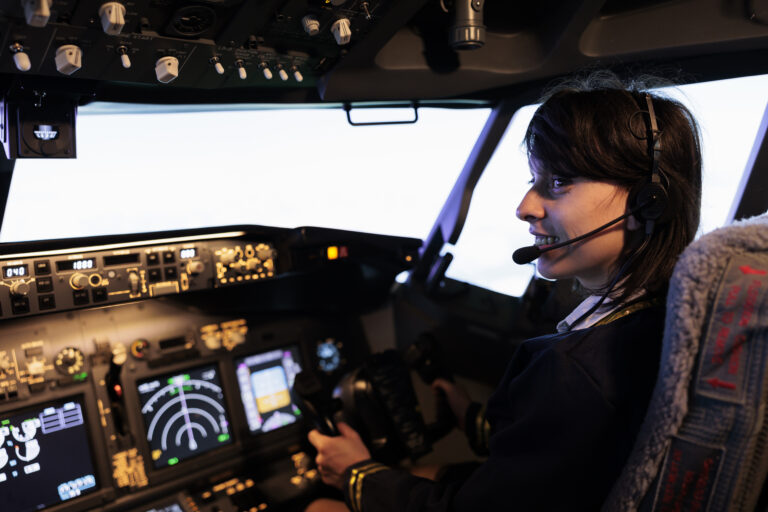Preparing for Challenging Weather:


- Thorough Weather Briefings: Before each flight, CFIs at CFI Academy in Lodi emphasize the significance of comprehensive weather briefings. They stay updated with the latest weather reports, forecasts, and NOTAMs (Notice to Airmen) to make informed decisions regarding the feasibility of the flight.
- Understanding Local Weather Patterns: Different regions have unique weather patterns. CFIs familiarize themselves with the specific weather characteristics of their training area, including wind patterns, microclimates, and common weather-related challenges. This knowledge allows them to better prepare students for potential weather-related scenarios.
Teaching Risk Management:
- Decision-Making Skills: CFIs at CFI Academy emphasize the importance of sound decision-making skills. They train their students to assess weather conditions objectively and make informed judgments about whether to proceed with a flight or reschedule it due to safety concerns.
- Risk Assessment and Mitigation: CFIs guide their students through the process of risk assessment, focusing on factors such as turbulence, icing, thunderstorms, and visibility limitations. By teaching effective risk mitigation strategies, CFIs ensure that their students prioritize safety over other considerations.
Simulating Challenging Weather Scenarios:
- Flight Simulator Training: To expose students to challenging weather conditions without compromising safety, CFIs at CFI Academy utilize flight simulators. Simulations help students practice decision-making skills, handling emergencies, and maneuvering in adverse weather conditions, such as crosswinds or low visibility.
- Realistic Scenario-based Training: CFIs incorporate scenario-based training in the curriculum, creating realistic flight scenarios that replicate challenging weather conditions. This hands-on approach enables students to develop the necessary skills and confidence to handle adverse situations effectively.
Continuous Communication and Feedback:
- Open Dialogue: CFIs encourage open and honest communication with their students, creating an environment where questions and concerns about challenging weather conditions are openly discussed. This fosters a collaborative learning experience and ensures that students feel comfortable seeking guidance when facing difficult situations.
- Post-Flight Debriefings: After each flight, CFIs conduct comprehensive debriefings to discuss the challenges faced, decisions made, and areas for improvement. These debriefings help students reflect on their performance, identify areas that require further attention, and reinforce the lessons learned from challenging weather conditions.
Conclusion:
Teaching flight lessons in challenging weather conditions requires a proactive and safety-oriented approach. CFI Academy in Lodi follows best practices that prioritize risk management, simulation training, and effective communication. By implementing these strategies, CFIs can prepare their students to confidently navigate through adverse weather, ensuring their safety and equipping them with the skills necessary to become skilled and resilient pilots.








